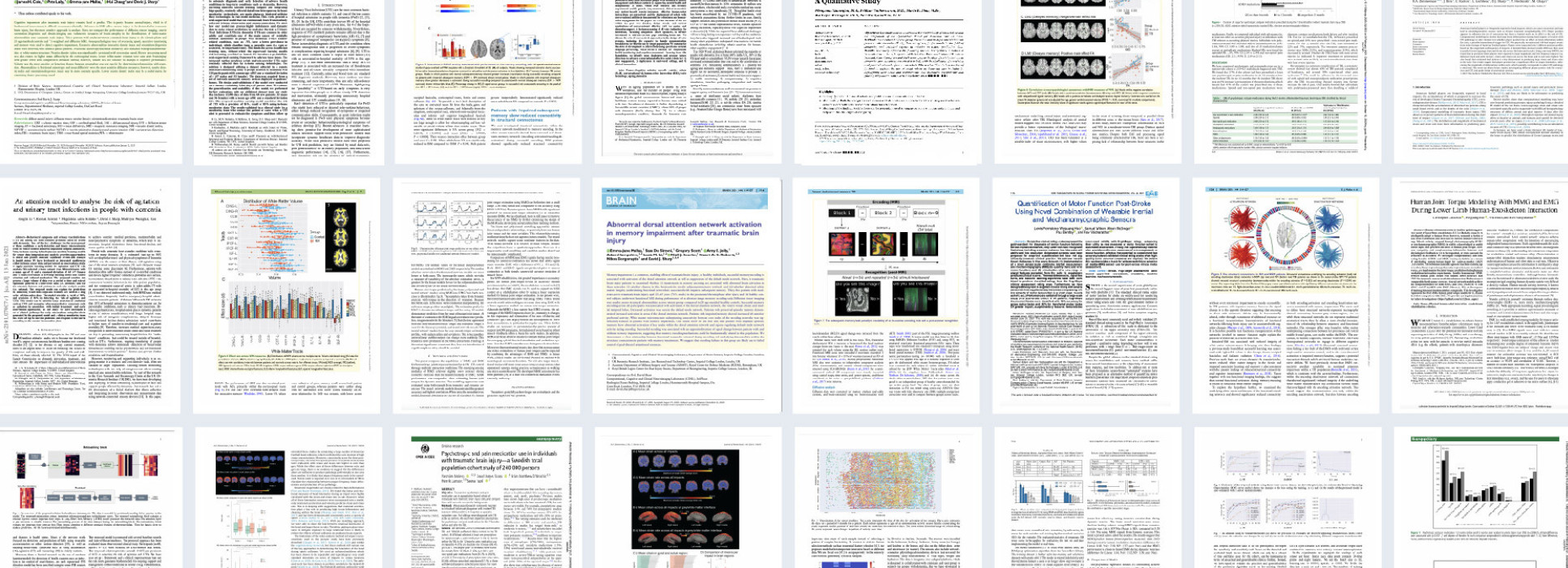BibTex format
@article{Hadjipanayi:2024:10.1109/TBME.2024.3396650,
author = {Hadjipanayi, C and Yin, M and Bannon, A and Rapeaux, A and Banger, M and Haar, S and Lande, TS and McGregor, A and Constandinou, T},
doi = {10.1109/TBME.2024.3396650},
journal = {IEEE Transactions on Biomedical Engineering},
pages = {2854--2865},
title = {Remote gait analysis using ultra-wideband radar technology based on joint range-Doppler-time representation},
url = {http://dx.doi.org/10.1109/TBME.2024.3396650},
volume = {71},
year = {2024}
}




